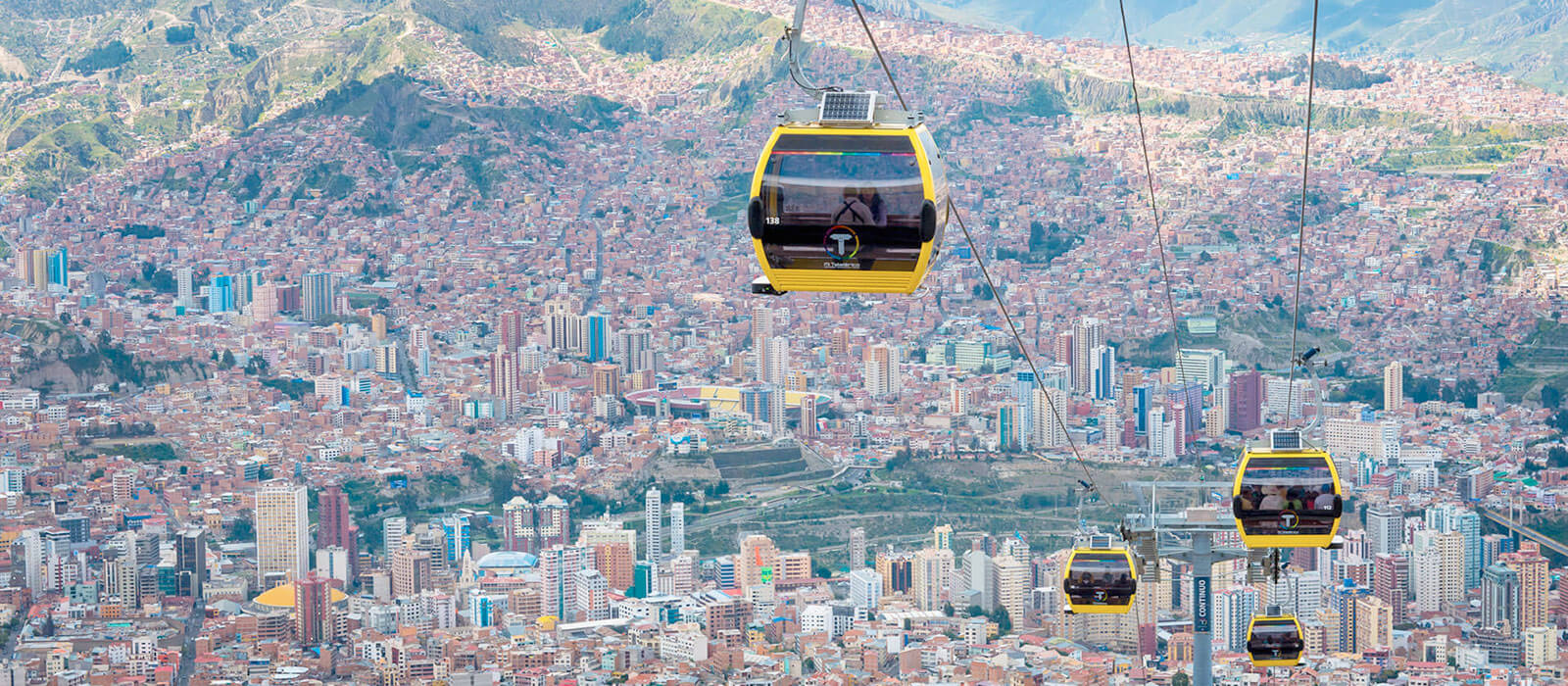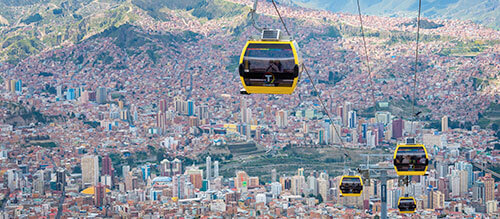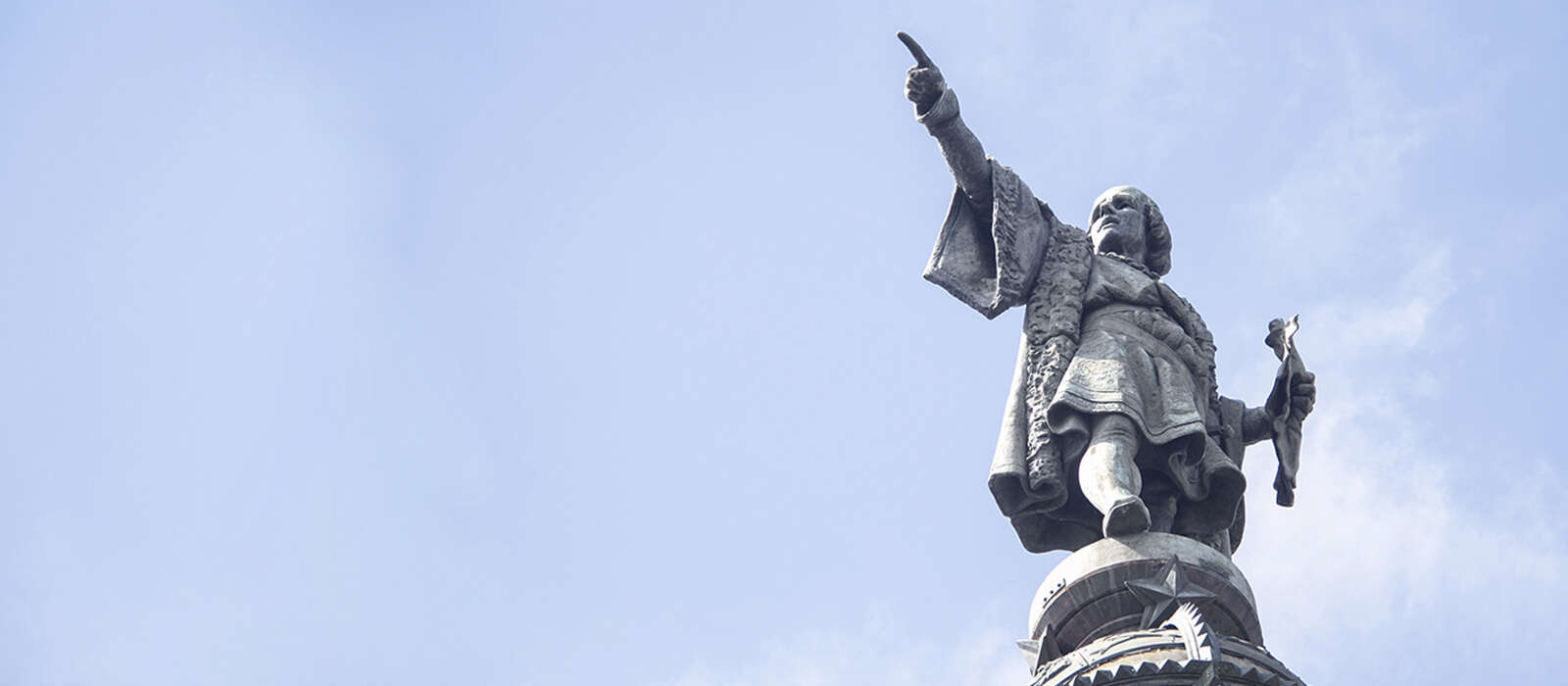December is a period of the year full of celebrations and family events. In many countries around the world, festivities begin on the week around December 25th. However, Latinos start with some ceremonies way earlier than that.
Most holiday traditions in Latin America have to do with great food and the company of loved ones. Yet, some countries have special habits that make this time of the year a wonderful moment to pay a visit.
In this post, we show you some of their holiday customs. Click here if you want to read it in Spanish.
Candles Day

December 7th marks the beginning of the holiday season in Colombia. Families, friends, and neighbors light up many ornamental candles on the street.
They do it to honor the Virgin Mary and her Immaculate Conception, which is celebrated the day after.
Posadas or Lodgings

Children in Mexico and Guatemala, among other countries, dress up as Mary and Joseph. They then participate in small parades that go door to door around the neighborhood to find shelter.
Inside, hosts offer them hot beverages, cookies, and some traditional foods such as steamed tamales. To close this ceremony, they hit a big star-shaped piñata.
New Year’s Eve

In many countries around Latin America, people still preserve a very special tradition to bring the year to an end. On New Year’s Eve, they make life-size puppets with cardboard and fabric pieces.
At midnight on December 31st, they burn the puppets to get rid of all negative things and make a good start to the new year.
Frequently, these figures represent popular characters from the political arena. Every year, this tradition becomes a satirical showcase of today’s society.
Christmas with Warini
Warini is the character who brings Christmas to Honduras. Covered with a mask, he dances at home on Christmas Eve accompanied by a band with drums.
These are just some of the most popular Latin American traditions for the holiday season. You may have spotted some differences with the Spanish holiday habits.
If you want to discover more about Latin customs, take advantage of your Winter Break and sign up to one of our Spanish programs. We are waiting for you!








 In Spain, despite great efforts from the biggest department stores to kick off the season in November, Christmas “officially” begins on December 22nd, the day of the Lotería de Navidad (Christmas lottery) prize drawing. Holiday cheer has over time taken a much less religious tone in Spain, a phenomenon that hasn’t been seen as much in Latin America. In any case, Christmas Eve (Nochebuena in Spanish) is a night for getting together with the family for lavish dinners complete with Cava wine and Spanish holiday sweets like turron and mantecados. The 28th is el día de los inocentes (the innocents’ Day), something like a Spanish version of April Fool’s Day, when you can expect people to place unexpected pranks on you.
In Spain, despite great efforts from the biggest department stores to kick off the season in November, Christmas “officially” begins on December 22nd, the day of the Lotería de Navidad (Christmas lottery) prize drawing. Holiday cheer has over time taken a much less religious tone in Spain, a phenomenon that hasn’t been seen as much in Latin America. In any case, Christmas Eve (Nochebuena in Spanish) is a night for getting together with the family for lavish dinners complete with Cava wine and Spanish holiday sweets like turron and mantecados. The 28th is el día de los inocentes (the innocents’ Day), something like a Spanish version of April Fool’s Day, when you can expect people to place unexpected pranks on you. 2. Chile
2. Chile 3. Argentina
3. Argentina 4. Uruguay
4. Uruguay 5. Bolivia
5. Bolivia 6. Dominican Republic
6. Dominican Republic 7. The Tradition of Las Posadas
7. The Tradition of Las Posadas 8. Honduras
8. Honduras 9. Paraguay
9. Paraguay 10. Nicaragua
10. Nicaragua